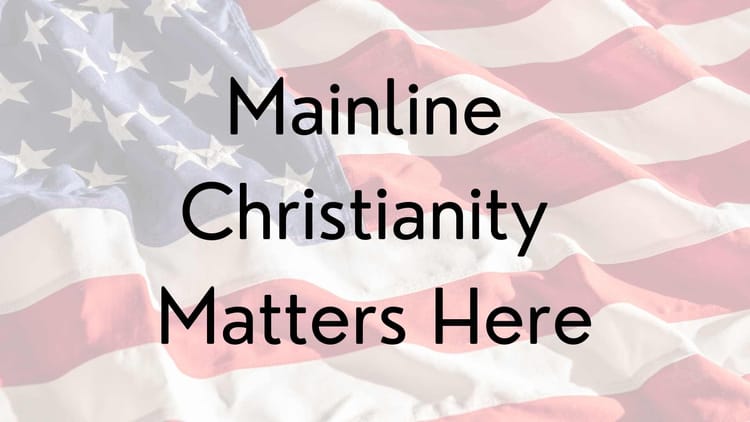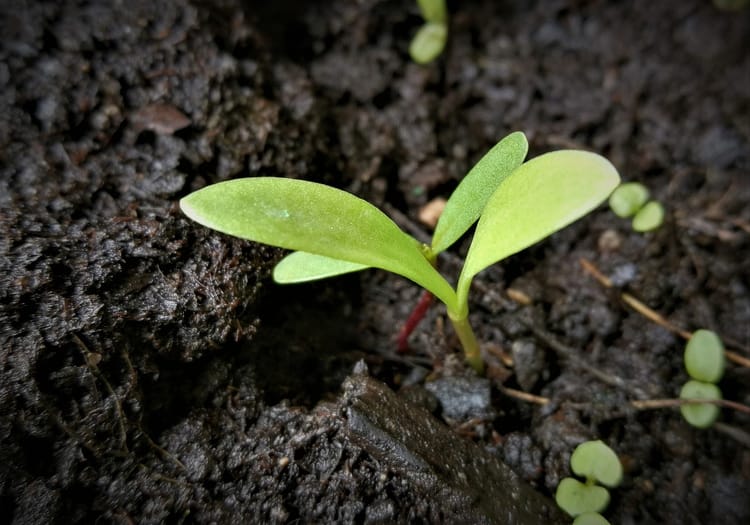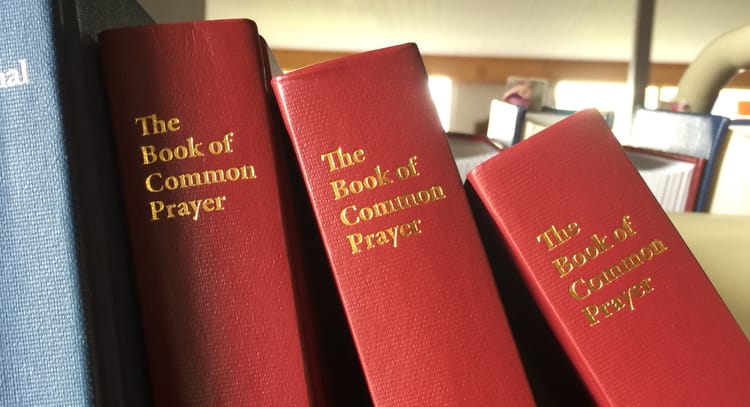The Next America 1 – Introduction
Welcome to the The Next America series! I’m glad you’re here. I started this series because this blog is based on two central convictions:
- The institutional church is an embodiment of the ministry of Christ.
- We who serve Christ through the institutional church must understand the facts of our times as we seek God’s dream for the future.
I’m excited to begin this series. Over the next couple of months, I’ll be reading through The Next America: Boomers, Millennials, and the Looming Generational Showdown, pulling out a summary, and reflecting on implications for the church’s mission today. There’s more information and a complete schedule here.
Section Summary
Today’s post covers pp. 1-16, the Preface & Introduction. Here’s the standout quote, from the very first page of the book:
I turn 65 this year. The America of my childhood–with its expanding middle class, secure jobs, intact nuclear families, devout believers, distinct gender roles, polite politics, consensus-building media–is nothing like the country my year-old granddaughter will inherit.
I appreciate that the author opens with his personal location, and his statement resonates with me. I turned 43 this year; my children are 9 and 12. The years separating us are much fewer than the decades between Paul Taylor and his granddaughter. But I still look at them and marvel at the differences between their childhoods and mine. They think of the iPhone the way I think about electricity and the automobile. I still marvel at what they take for granted, due solely to the location and time of their births.
The introduction opens with a gripping analysis of the 2012 election (Did you know that “in the 24 years separating the 1988 and the 2012 elections, whites lost more than half of their electoral college clout”? I didn’t.) The author quickly moves to outline the book’s themes, strewing interesting facts along the way:
- A teenager has less chance of being raised by both biological parents in America than anywhere else in the world.
- The Gini Index, measuring income inequality in the US, rose 18% from 1980 to 2012.
- A child born into poverty in Canada and most Western European countries has a statistically better chance of making it to the top these days than does a poor kid in the US.
- Advances in health care, nutrition, and sanitation have increased life expectancy at birth from 47 years in 1900 to 62 years in 1935 to 79 today.
- In 1960, 72% of all adults ages 18 and older were married; by 2011, just 51% were.
- The fastest-growing household type in America contains just one person.
- Today women are the sole or primary breadwinners in 4 in 10 households with children; a half century ago, this was the case in just 1 in 10 such households.
- Hispanics and Asians today compose 22% of the US population; by 2060 they will make up nearly 40% (while Blacks will remain constant at about 13%)
- A change in the norms of journalism has meant that neutral fact-based reporting has lost ground while “the brightest stars in the media firmament are paid to deliver their facts premixed with partisan commentary.”
The introduction concludes: “All these data points… portray a society tugged apart by centrifugal forces… Yet this isn’t a gloom-and-doom book. There are too many findings from the Pew Research Center’s surveys that give voice to the optimism, pragmatism, and resilience of the American public, even in the teeth of dysfunctional politics, rising inequality, frayed families, and anemic labor markets.”
The introduction promises that the rest of the book will go into further depth on the data points provided. I’m looking forward to understanding more deeply the ways our country has changed in the last fifty years.
Churchwork Reflections
We’re just at the beginning of The Next America. But reviewing the information I’ve learned, two things stand out clearly:
First: In an America of people living longer, lonelier lives, there is a felt need for a way to relate to God, our truest Home. There are felt needs also for neighborliness and affection. The brief demographic overview makes it evident that the church has never been more needed as a community of faith making disciples who live an ethic of love.
Yes, I know, the church does not always live up to this high calling. But it is our calling nonetheless. God is not done with us yet – perhaps because we have a word from God to speak to this fractured world in which we live. Perhaps because God’s first and last word is love.
Second: In order to meet this need, the church must be intentional about inviting and welcoming newcomers and helping them discover their own piety. Simple hospitality, a willingness to engage in relationship, begins with developing practices that help new people (who may feel lonely and lost in the world outside) to discover a home in God as part of a community.
The Episcopal Diocese of Texas has some wonderful checklists to help churches identify areas of strength and growth in this ministry, as well as resources to adapt and use. Stephanie Spellers’ book Radical Welcome: Embracing God, the Other, and the Spirit of Transformation is a classic in this work.
A church which wants to meet this need will have small groups and other ways to develop caring relationships. A heavy reliance on bureaucracy, committees, anything that sounds “institutional” would be a turn-off. The data implies that people want personal relationships rather than impersonal institutions. Aren’t these exactly the trends we’ve seen in church life over the last twenty years?
What if what we most want to do – invite people to grow in Christ with us – is actually what people most want us to do? What if communities of hope and hospitality are what America most needs?
Hmmm… the data might indicate just that. Can we dare to believe it?
From Reflection to Action
For many months, gathering the parents of children in our nursery and preschool has been on my long list of things to do. But I haven’t made it a priority. There are too many “program” and “institution” tasks that crowd it out. Reflecting on this data has made me move it up on my priority list. I would love to hear from these families about their experience raising young children in the world today, and what they feel would help them raise children in faith. It probably won’t be until after Easter, but I’m looking forward to that conversation.
Just 15 pages of this book have shifted my priorities. I can’t wait to read the rest.
Did you read the Preface & Introduction to
The Next America: Boomers, Millennials, and the Looming Generational Showdown?
I’d love to know your thoughts and reflections on the chapter and/or the summary.





Member discussion